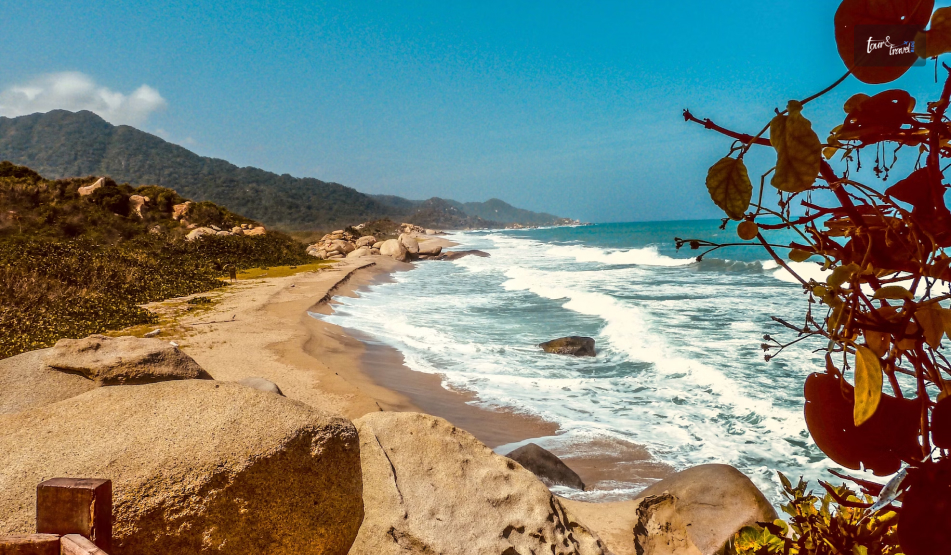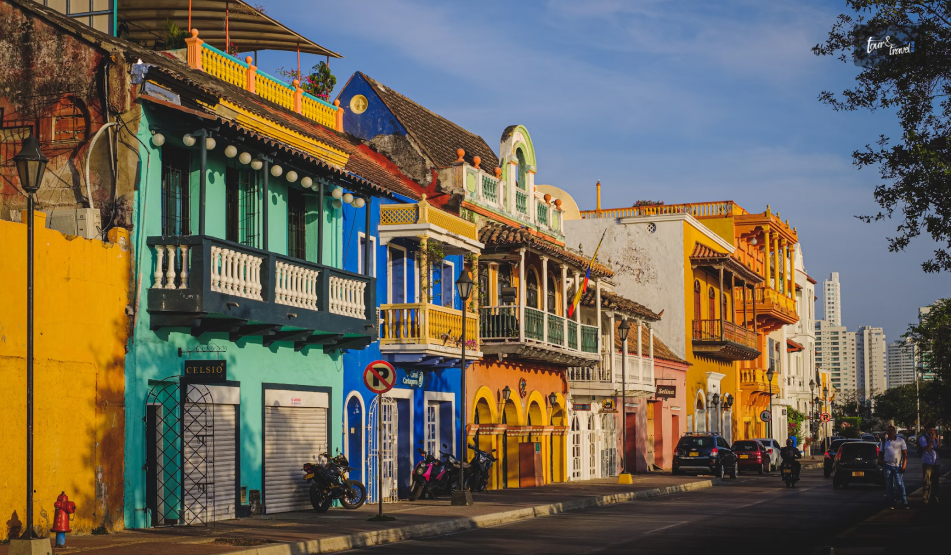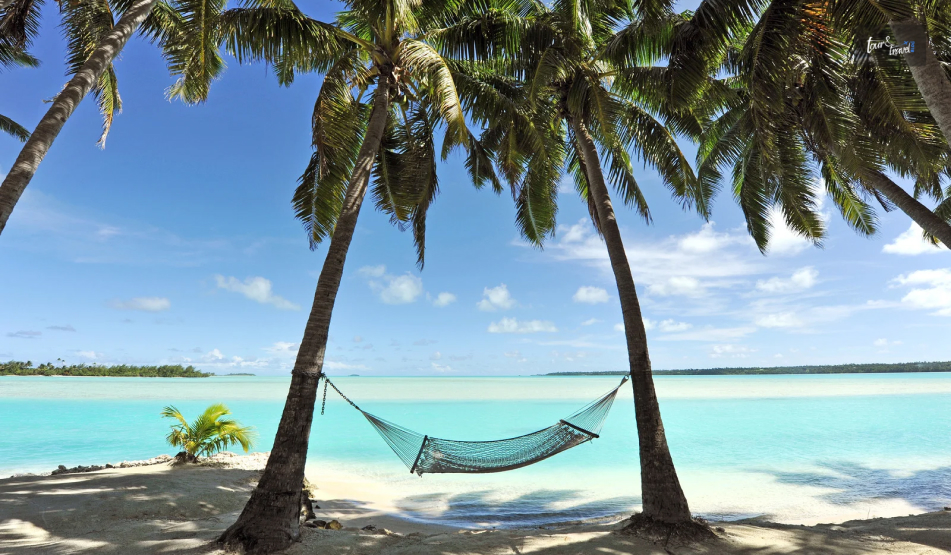Which Is The Best Time To Visit Nainital?
BY Shahnawaz Sep 6, 2022
Despite the “Mind Your Own Business” video going viral and the debate between tourists and locals about using trash bins becoming the latest buzz, Nainital remains one of the most popular hill stations in India. While overtourism can be a concern in this hill station or the state of Uttarakhand, you cannot ignore the fact that Taluka in Nainital introduced astrology tourism with the Nakshatra Sabha event in December 2024. It was the fourth chapter of the first-ever astroturism campaign in India, organized by the Uttarakhand Tourism Development Board and Starscapes, a leading astrotourism company in the country. Thanks to clear weather conditions, December is the best time to visit Nainital for stargazing. However, is it the best time to visit Nainital for a family trip? In this Tour and Travel blog, we will discuss the ideal time for a Nainital trip with family and the places to visit every season. Before that, let’s briefly overview Nainital as a travel destination. Why Visit Nainital: Know The Lake District Of India Nearest Airport: Pantnagar Airport (Distance: 40 Km) Nearest Railway Station: Kathgodam Railway Station (Distance: 35 Km) Nestled in the Kumaon Himalayas, Nainital is surrounded by Sapta-Shring or Seven Hills. The seven hills around this Lake District are: Sher-Ka-Danda Lariya-Kanta Handi-Bandi Naina Alma Deopata Ayarpata Further, this hill station, at an elevation of 2000 meters, is associated with the stories of Lord Shiva and Mata Sati. It is said that the Lake was formed when Mata Sati's eyes fell during the Tandava Nritya, or the Dance of Destruction of Lord Mahadeva. The Naina Devi temple at the lake's edge is a popular religious site. Also, the city has buildings and bungalows, a telltale of British colonial architecture. It was the summer capital of the United Provinces during the British Rule in India. Moreover, the attractions in Nainital are endless. So, from a church in the wilderness to a bird-watching haven, you will find everything in Nainital. What Is The Best Time To Visit Nainital? Nainital is a year-round destination. However, April to June is the best time to visit Nainital while traveling with your family. Further, if you want to see snowfall in Nainital, the best time to plan a visit is December to January. In 2025, Nainital had its first snowfall on 11th January, resulting in a tourist boost to areas like Pangot Marg, Himalaya Darshan, Kilbury and China Peak. Nevertheless, I have shared a table below with the month-wise temperature and precipitation possibilities in Nainital. You can check that out to decide the best time to visit Nainital. Then, I will discuss the best attractions and places to visit in each season. MonthsMaximum TemperatureDegree/Celsius) Lowest TemperatureDegree/Celsius)Rainfall/Precipitation (MM)January15448February17665March21950April 261340May271660June2819255July2520569August2419490September2417266October221348November2098December17620 So, as you can see, July, August, and September are the months with the highest rainfall in Nainital. Heavy rainfall may cause landslides, road blockages, and many outdoor attractions or activities may not be operational in the monsoon season. However, the monsoon is the best time to visit Nainital if you want to explore the quiet beauty of the hill station and its decor with shades of lush green. What's So Attractive About Summer In Nainital? I could give you more than one reason why you should visit between March to June. Nainital is like a pure place on earth wrapped around by gorgeous mountains and lakes. The time between march to June is mostly spring and summer, and it is doubtlessly the best time to visit Nainital. The mountains are always awake, watching and talking to you. Although the streets don't stay up so late, the clear night sky at Nainital makes up for the best place to watch stars at night. The months from March to June are the ideal time for that. There are lakes so pristine and the pine tree so pretty waiting to welcome you. 1. Temperature Between March To June Here, the summer temperature fluctuates between 11°C to 28°C in Nainital if you are visiting from March to June. 2. Warm Weather In the summer, the town remains so warm and bright. You can take plenty of good photos. The sun wakes up the town with a good morning kiss, and the mountains are always awake and smiling. Mornings are warm, with the cool wind blowing every now and then. The evening and the nights are slightly chilly. 3. Events To Take Part In Yes, you can go paddling in the lake and do lots of other activities as well. However, the main reason for choosing summer is because of the events. Ever heard of the Phool Dei? It is an event in Uttarakhand to celebrate a good harvest expecting a good harvest. Little children decorate the thresholds of their homes with freshly plucked flowers. Locals, at this time, stay in a festive mood. You can taste the ceremonial pudding which is very famous at this point in time in Nainital. People go out on the street and perform their local folk songs and dance in Joy. 4. Places To Visit The festive mood here will keep you cheered up. However, summer also makes up for the best time to visit the tourist spots here. You can go to Naini Lake, Land's End, Caves Garden and. Tiffin Top can be a great location if you want a recreational moment with your loved one or your family. You can enjoy the fresh look of the mountainscape and enjoy the sunrise there. Just four kilometers away from the main town, Tiffin Top can also be a good opportunity if you are up for trekking. Can You Visit Nainital In The Monsoon? Yes, you obviously can. I told you that it is a year-round travel destination. The months from July to September mark the stay of the monsoon. If you want to see the green mountains drenched in rain and clouds swirling up from deep within the mountains, then this is the best time to visit Nainital. Although you can choose whether in Nainital and make your visit, the summer, according to most visitors, is the best time. But, my personal preference is monsoon. Moreover, Nainital celebrates the Nanda Devi Festival in September. King Kalyan Chand of Chand Dynasty started this fair in the 16th century. Further, Khatarua is another monsoon festival in Nainital, which is celebrated in mid-September. On this day, children dance and throw cucumbers to the fire to celebrate the destruction of evil spirits. Moreover, Gheeya Sankranti, or Olgia, is celebrated in Nainital in mid-August. It is a festival to exchange gratitude between landowners and farmers. 5. Is Winter The Best Time To Visit Nainital? Winter is the best time to visit Nainital if you are looking for adventures in the snow-covered hills. Further, during the winter months, the Naini Lake promenade becomes a bustling hub for ice skating, scenic walks, and snow trekking. Also, during winter, you can visit places like Bhimtal Lake, Kainchi Dham, Snow View Point, and China Peak. Moreover, Nainital celebrates Sharadotsav in October and the Uttrayani Festival in mid-January. Both festivals have distinct rituals and many visitors, including foreigners. Further, they are great to experience the local culture. In addition, Christmas is the most happening event in Nainital, with many outdoor activities, such as paragliding, camping, horse riding, and zoo visits. Frequently Asked Questions (FAQs): Most of your questions are answered through the sections above. However, I have offered some additional questions and answers just to make sure that you get clean and complete information. 1. Which Weather Is Best For Nainital? From March to June is a long span. But, if you want me to specify the best months to visit Nainital, I will suggest a time between May to June. The temperature is pleasant, and the weather is clean and simple for a good tour. 2. How Many Days In Nainital Is Enough? You will need three minimum days to explore and relax in the beautiful hill destination known as Nainital. If you want to visit all the popular locations here, then a three days trip would be enough. 3. How Much Does A Nainital Trip Cost? If you are planning a short trip of four days and three nights, then you can expect your budget to be around 14,799. Bottom Line! If you want to experience Snowfall in Nainital, I will suggest you go there during the winter. January will be the best time. The monsoon makes the place look green, saturated, and fresh, and the summer is all about vibrance and joy. So, if you are looking for the best time to visit Nainital, then I will suggest you go wherever your heart wants. Did you find the answer you were looking for? Tell us what you think about it. We are also open to questions. Read Also : Top 10 famous Wonders of India 10 Best Places for Honeymoon in India
















